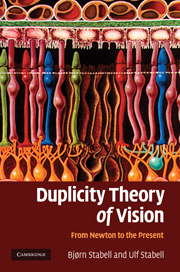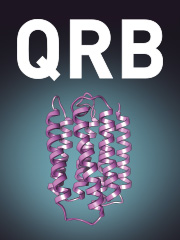An Introduction to the Biology of Vision
This textbook is intended for use in a course for undergraduate students in biology, neuroscience or psychology who have had an introductory course on the structure and function of the nervous system. Its primary purpose is to provide a working vocabulary and knowledge of the biology of vision and to acquaint students with the major themes in biological vision research. Part I treats the eye as an image-forming organ and provides an overview of the projections from the retina to key visual structures of the brain. Part II examines the functions of the retina and its central projections in greater detail, building on the introductory material of Part I. Part III treats certain special topics in vision that require this detailed knowledge of the structure and properties of the retina and visual projections.
- Designed for undergraduates with minimal background in neuroscience
- Special attention to vocabulary and with a concentration on the biological rather than the psychophysical aspects of vision.
- Major ideas amply illustrated with drawings and diagrams
Reviews & endorsements
'… a timely and somewhat unusual textbook intended for undergraduate students in biology, neuroscience, or psychology … The strength of this text lies in the coverage of the optical factors, the genetics, and the psychology of vision.' Sophie Wuerger, Experimental Physiology
Product details
March 1997Paperback
9780521498906
236 pages
230 × 154 × 15 mm
0.38kg
146 b/w illus. 4 tables
Available
Table of Contents
- Preface
- Part I. The Eye and Visual Pathways:
- 1. Introduction
- 2. Structure and development of the human eye
- 3. Image formation
- 4. Central visual pathways
- Part II. Neural Mechanisms:
- 5. Photoreceptors and photoreception
- 6. Retinal circuitry
- 7. The retino-geniculate projection
- 8. The visual cortex
- Part III. Special Topics in Vision:
- 9. Spatial resolution in vision
- 10. Binocular vision and depth perception
- 11. Color vision
- 12. Ocular movements
- Index.










